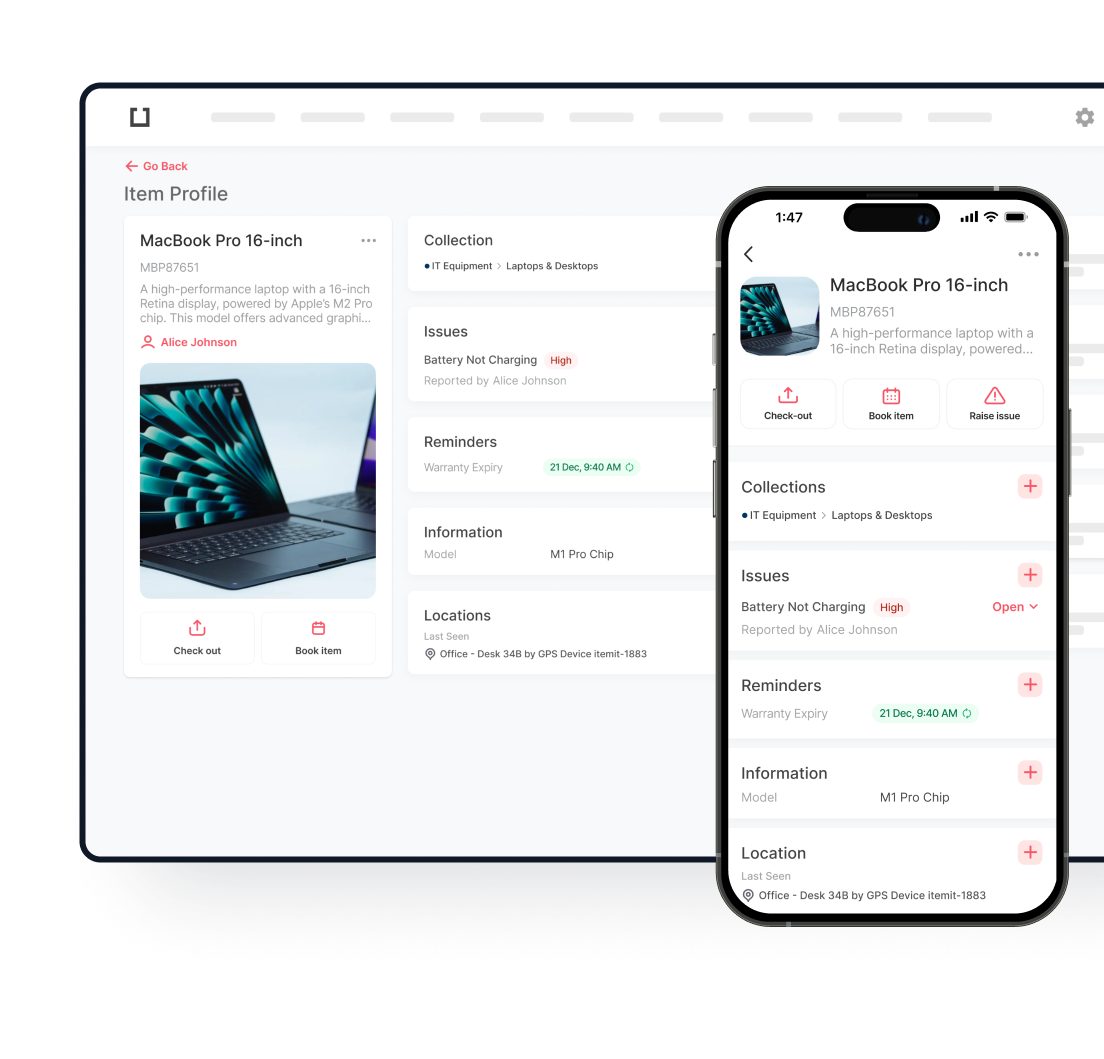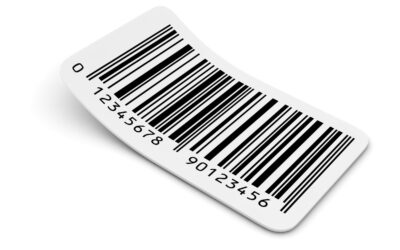
Digital asset management is one of the vital tools for any business in this digital age. Understanding what DAM is can transform how organisations handle their digital files, which may range from images and videos to documents. A sustainable DAM system will ensure efficient storage, organisation, and retrieval of assets. This article will look at the basics of digital asset management and its advantages.

Understanding What Digital Asset Management Is
What is a digital asset management system? It is software designed to store, organise, and manage digital files efficiently. Features like asset tags allow for easy categorisation and retrieval of assets. Additionally, Zapier integrations provide seamless connectivity with other tools, enhancing workflow and productivity.
Benefits of DAM
Digital asset management offers numerous advantages for businesses looking to streamline their operations. By efficiently handling digital assets, companies can significantly improve their financial situation. Key benefits include:
- Centralised storage of all digital assets ensures easy access and organisation.
- Improved collaboration and file sharing boost team efficiency.
- Enhanced security and access control protect sensitive information.
- Streamlined workflows through automation save time and reduce errors.
What is a Digital Asset Management Tool
A digital asset management tool is essential for effective asset tracking in modern businesses. These technologies are embedded in advanced digital technologies for monitoring and controlling assets. Tracking systems provide detailed insights and streamline operations. By leveraging these tracking solutions, companies enhance asset monitoring and ensure optimal resource usage.

Digital Assets vs Physical Assets
Digital assets are intangible things that exist only in digital format. For example, images, videos, documents, and even cryptocurrencies. The effective management and distribution of digital content are critical to businesses. Digital assets can easily be duplicated and shared on different platforms.
Physical assets are tangible things that have value and can be touched. They include real estate, machinery, fixed assets, vehicles, gold cash, etc. They require different management strategies to ensure they are secure and well-maintained.
Key Differences in Management and Tracking
Managing and tracking digital and physical assets require distinct approaches due to their inherent differences. Digital asset storage focuses on organising and securing intangible resources like images, videos, and documents in centralised, often cloud-based, systems. Digital asset tracking involves monitoring these assets using metadata and advanced software tools to ensure accessibility and proper usage.
In contrast, physical asset management involves maintaining and securing tangible items like real estate and equipment, requiring regular physical inspections and inventory checks. The methods for tracking physical assets tend to be more manual and labour-intensive compared to the automated processes used for digital assets.
Methods of Tracking Digital and Physical Assets
Tracking digital assets involves using software solutions that offer features like metadata tagging, version control, and audit trails. These systems enable organisations to efficiently manage and monitor their digital content lifecycle, providing real-time visibility and access control. Advanced tracking methods also integrate with other technology platforms, allowing seamless updates and synchronisation across various digital asset repositories.
Tracking physical assets effectively requires the use of various advanced technologies. RFID tags enable precise tracking and management of assets within a facility. GPS devices are ideal for assets that are frequently moved or transported, providing real-time location data. These tracking systems ensure that assets give accurate and up-to-date positioning information, enhancing overall asset management. By leveraging these tracking solutions, businesses can explore better investment options and maximise returns.
Challenges and Solutions in Managing
Managing both digital and physical assets can be challenging and peculiar in terms of challenges that demand extraordinary or tailored solutions. Digital assets face considerable challenges in terms of data protection and data accessibility. One key move in this direction is putting the assets regularly on an audit and employing measures that are strong enough to ensure cybersecurity.
Physical assets, such as real estate and equipment, may face challenges of wear and tear, theft, and mismanagement. Proper asset audits and stringent security controls can safeguard these assets’ property. Effective strategies for mitigating these challenges guarantee responsible management of both digital and physical assets.

Digital Asset Management Integration
Integrated asset management systems are designed to streamline the handling of both digital and physical assets within a unified platform. These systems provide a comprehensive approach to managing a company’s resources, offering tools for storage, tracking, and security.
For businesses dealing with financial products, integrated systems ensure that all related assets are efficiently managed, thus enhancing accuracy and compliance. Additionally, these platforms often include modules for product advice, helping companies make informed decisions about their assets. This integration not only simplifies processes but also drives better financial performance and strategic asset usage.
Benefits of Using a Single Platform for Both Asset Types
Businesses get several advantages in using one platform to manage both digital and physical assets. It drives operational efficiency, reduced costs, and overall asset management effectiveness. Key benefits include:
- Improved Tracking: Enhanced monitoring capabilities help prevent asset decline by providing real-time data on asset status. This allows for timely maintenance and repair of assets to keep them in the best condition.
- Centralised Data Management: It provides better decision-making at every level of the organisation by holding information on all types of assets in one place. This is crucial for better collaborative efforts among teams.
- Enhanced Security Measures: Provide robust protection for all asset types, ensuring that digital and physical assets are secure from threats. Advanced security protocols and regular audits help safeguard valuable resources.
- Simplified Compliance: Integrating compliance checks into the asset management process ensures adherence to regulatory requirements, reducing the risk of non-compliance and potential legal issues.
A unified platform not only enhances operational efficiency but also reduces the complexities associated with managing different types of assets separately. By consolidating asset management, businesses can focus on strategic growth and better resource allocation. This integrated approach ultimately leads to improved performance and profitability.

Examples of Successful Integration
Businesses that integrate asset management systems can significantly benefit from increased operational efficiency. For example, a top international retailer integrated its digital asset management system with an e-commerce platform using Zapier integrations. The result was better inventory management and quicker updates to product information.
Another case is a non-profit organisation that integrated digital and physical asset tracking to better use its resources and allow for efficient donor management. These examples illustrate how integrated asset management solutions are revolutionising businesses across a wide range of industries.
In conclusion, integrating digital and physical asset management systems brings numerous benefits. Technologies like Zapier integrations provide seamless connectivity and data flow. The information provided through these systems enables smart decision-making and strategic planning, driving growth and success.

Try itemit
Choose a better way to track
your assets.
Start your free 14-day trial now!
Frequently Asked Questions
What are digital assets?
Digital assets are intangible things like images, videos, files, and crypto coins. They can be easily duplicated and shared, and their number can be fairly large, requiring efficient management of digital content.
What are physical assets?
Physical assets are tangible objects such as property, machinery, and vehicles. Regular maintenance and security measures protect their value and longevity.
How does asset tracking differ for digital and physical assets?
Tracking digital assets uses software tools and metadata for efficient monitoring and security. Physical asset tracking involves manual inspections and physical security measures to manage and maintain tangible items.
Can I use the same software for tracking both digital and physical assets?
Yes, integrated asset tracking software like itemit allows you to manage both digital and physical assets within a single platform, ensuring comprehensive asset management. Contact us for more detailed information about integrated asset tracking software; our experts are always ready to help.

Keep Learning
itemit Blog
Tips, guides, industry best practices, and news.
What Is Active RFID? A Complete Guide to Smart RFID Tags
Discover what Active RFID is, how active tags function, and the key benefits and use cases that make this technology essential for modern tracking systems.
Everything You Need to Know About 2D Barcodes
Discover everything about 2D barcodes, including how they work, their benefits, and how they are revolutionizing industries and improving business operations
Complete Guide to Asset Lifecycle Management and Its Benefits
Learn about asset lifecycle management and how it helps businesses optimize asset usage, reduce costs, and improve efficiency throughout the asset’s life.



